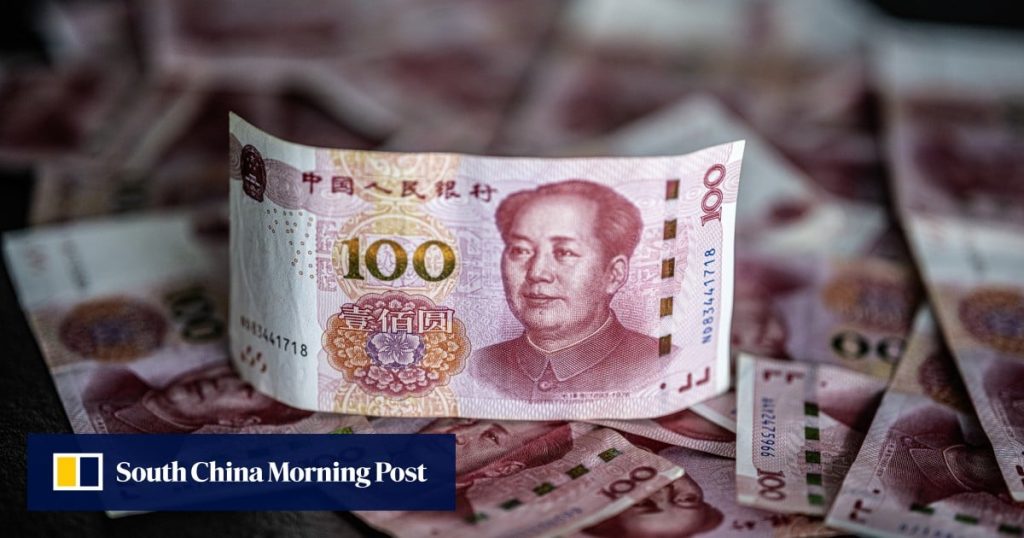An options market gauge showing the cost to hedge against declines or advances in the yuan has turned neutral for the first time in more than 14 years.
So-called one-year risk reversals for the offshore yuan-dollar currency pair have fallen below zero to the lowest since July 2011, according to data compiled by Bloomberg. The level indicates that traders are now paying about the same amount to hedge against yuan strength as they are against its weakness.
The turnaround has taken place as China’s currency has fared better than expected this year and as investors brace for a weaker dollar in 2026 due to bets on Federal Reserve interest-rate cuts.
“It’s the dollar story first, yet it shows the balance of risk tilting more towards renminbi upside,” said Christopher Wong, a strategist at Oversea-Chinese Banking Corp in Singapore, using another name for the yuan. “Into 2026, we continue to expect the dollar to trade moderately softer as Fed easing erodes the carry advantage, while US exceptionalism fades.”
The offshore yuan has strengthened 3.4 per cent against the dollar this year, buoyed by resilient Chinese economic data and optimism that efforts by Beijing and Washington to mend trade ties will bear fruit.
A number of financial institutions have boosted their yuan forecasts in recent months. Goldman Sachs last week raised its target for the onshore yuan over three and 12 months, citing optimism over Chinese exports and the nation’s current-account surplus.


